Following in the wheel tracks of the legendary Stratos, the 037 Rally would make almost as big an impact in international rallying in the 1980s as its illustrious forebear had in the preceding decade. It seems hardly credible today, but after Lancia had built the 400+ examples of the Stratos needed for homologation, most gathered dust because few people wanted to buy one. Within a very short time however, the Stratos was recognised as one of the great cars of its time; they were snapped up and prices soared. In retrospect it seems obvious that the Stratos was a great car; it came from one of the most distinguished marques in automotive history and was very successful. Despite the Stratos, people have yet to wake up to the potential of its successors as investments or as thoroughbred classics that are delightful to own and drive. The Lancia Rally 037 has an impeccable pedigree and record - it won the 1983 World Rally Championship - yet has still to be fully appreciated. When it made its competition debut proper in 1982, the Rally was as revolutionary as the Stratos had been in 1972. It was the first of the Group B supercars and owed more to circuit racing practice than any other rally car of its time. For a start it was a mid-engined, two-seater coupé with strong links to the Group 5 Lancia Monte Carlo that won the 1981 World Endurance Championship. Its four-cylinder, 2,111cc engine was derived from the 2.0-litre Fiat 131 unit, considerably reworked by Abarth and fitted with a light-alloy, 16-valve twin-cam head and Volumex supercharger. In works trim this formidable unit produced 325bhp, which was transmitted via a ZF five-speed gearbox. Abarth also developed the complex multi-tubular chassis, which featured parallelogram-type independent suspension and Brembo disc brakes all round. Lancia’s new contender had first appeared in prototype form in 1981, with production of the 200 ‘homologation specials’ stipulated by the then current ‘Group B’ regulations commencing the following year. During the period 1982/83, Lancia, in conjunction with Pininfarina and Abarth, constructed approximately 220 examples of the Rally (better known by its Abarth in-house code number ‘037’). The factory then took cars from the inventory as required for conversion to Group B specification. Subsequently, ‘Evolution’ models were developed throughout 1983-1985. Only some 150-or-so emerged as road cars. After suffering the inevitable teething troubles in its debut season, the 037 Rally dominated the World Rally Championship in 1983, securing Lancia the manufacturers’ title having won the Monte Carlo, Tour de Corse, Acropolis, New Zealand and San Remo rounds. The Lancia 037 Rally was the last competitive two-wheel-drive rally car and its defeat of the Audi Quattro confounded the experts, especially since the Lancia team was operating with far fewer resources. Unlike many homologation specials, the Lancia 037 Rally was exceptionally well-equipped in road car form, with electric windows, neatly laid out fascia and full carpeting. Nor was there anything rough about the finish of the bodywork, which was made from an advanced plastic material. The stradale (road) version was sold without the rally car’s huge rear spoiler and had extremely sleek lines, with a distinctive double-bubble roof. For road use, engine output was reduced to a still creditable 205bhp in the interests of long-term reliability. Even so, quoted performance figures for the road-going 037 Rally were impressive: a top speed of 137mph allied to a standing quarter-mile time of 15 seconds, while Lancia claimed a fuel consumption of nearly 26mpg at a constant 75mph. The car we offer was not first registered until 1986 and was bought by the current owner in Versailles on the 11th February 1990 with only 5,000 km from new. Chassis number ‘070’ has covered a mere 25,000 kilometres from new, taking in tour events such as the Rallye d’Angouleme and Tour de France Auto. Finished in red with black velour-
Following in the wheel tracks of the legendary Stratos, the 037 Rally would make almost as big an impact in international rallying in the 1980s as its illustrious forebear had in the preceding decade. It seems hardly credible today, but after Lancia had built the 400+ examples of the Stratos needed for homologation, most gathered dust because few people wanted to buy one. Within a very short time however, the Stratos was recognised as one of the great cars of its time; they were snapped up and prices soared. In retrospect it seems obvious that the Stratos was a great car; it came from one of the most distinguished marques in automotive history and was very successful. Despite the Stratos, people have yet to wake up to the potential of its successors as investments or as thoroughbred classics that are delightful to own and drive. The Lancia Rally 037 has an impeccable pedigree and record - it won the 1983 World Rally Championship - yet has still to be fully appreciated. When it made its competition debut proper in 1982, the Rally was as revolutionary as the Stratos had been in 1972. It was the first of the Group B supercars and owed more to circuit racing practice than any other rally car of its time. For a start it was a mid-engined, two-seater coupé with strong links to the Group 5 Lancia Monte Carlo that won the 1981 World Endurance Championship. Its four-cylinder, 2,111cc engine was derived from the 2.0-litre Fiat 131 unit, considerably reworked by Abarth and fitted with a light-alloy, 16-valve twin-cam head and Volumex supercharger. In works trim this formidable unit produced 325bhp, which was transmitted via a ZF five-speed gearbox. Abarth also developed the complex multi-tubular chassis, which featured parallelogram-type independent suspension and Brembo disc brakes all round. Lancia’s new contender had first appeared in prototype form in 1981, with production of the 200 ‘homologation specials’ stipulated by the then current ‘Group B’ regulations commencing the following year. During the period 1982/83, Lancia, in conjunction with Pininfarina and Abarth, constructed approximately 220 examples of the Rally (better known by its Abarth in-house code number ‘037’). The factory then took cars from the inventory as required for conversion to Group B specification. Subsequently, ‘Evolution’ models were developed throughout 1983-1985. Only some 150-or-so emerged as road cars. After suffering the inevitable teething troubles in its debut season, the 037 Rally dominated the World Rally Championship in 1983, securing Lancia the manufacturers’ title having won the Monte Carlo, Tour de Corse, Acropolis, New Zealand and San Remo rounds. The Lancia 037 Rally was the last competitive two-wheel-drive rally car and its defeat of the Audi Quattro confounded the experts, especially since the Lancia team was operating with far fewer resources. Unlike many homologation specials, the Lancia 037 Rally was exceptionally well-equipped in road car form, with electric windows, neatly laid out fascia and full carpeting. Nor was there anything rough about the finish of the bodywork, which was made from an advanced plastic material. The stradale (road) version was sold without the rally car’s huge rear spoiler and had extremely sleek lines, with a distinctive double-bubble roof. For road use, engine output was reduced to a still creditable 205bhp in the interests of long-term reliability. Even so, quoted performance figures for the road-going 037 Rally were impressive: a top speed of 137mph allied to a standing quarter-mile time of 15 seconds, while Lancia claimed a fuel consumption of nearly 26mpg at a constant 75mph. The car we offer was not first registered until 1986 and was bought by the current owner in Versailles on the 11th February 1990 with only 5,000 km from new. Chassis number ‘070’ has covered a mere 25,000 kilometres from new, taking in tour events such as the Rallye d’Angouleme and Tour de France Auto. Finished in red with black velour-
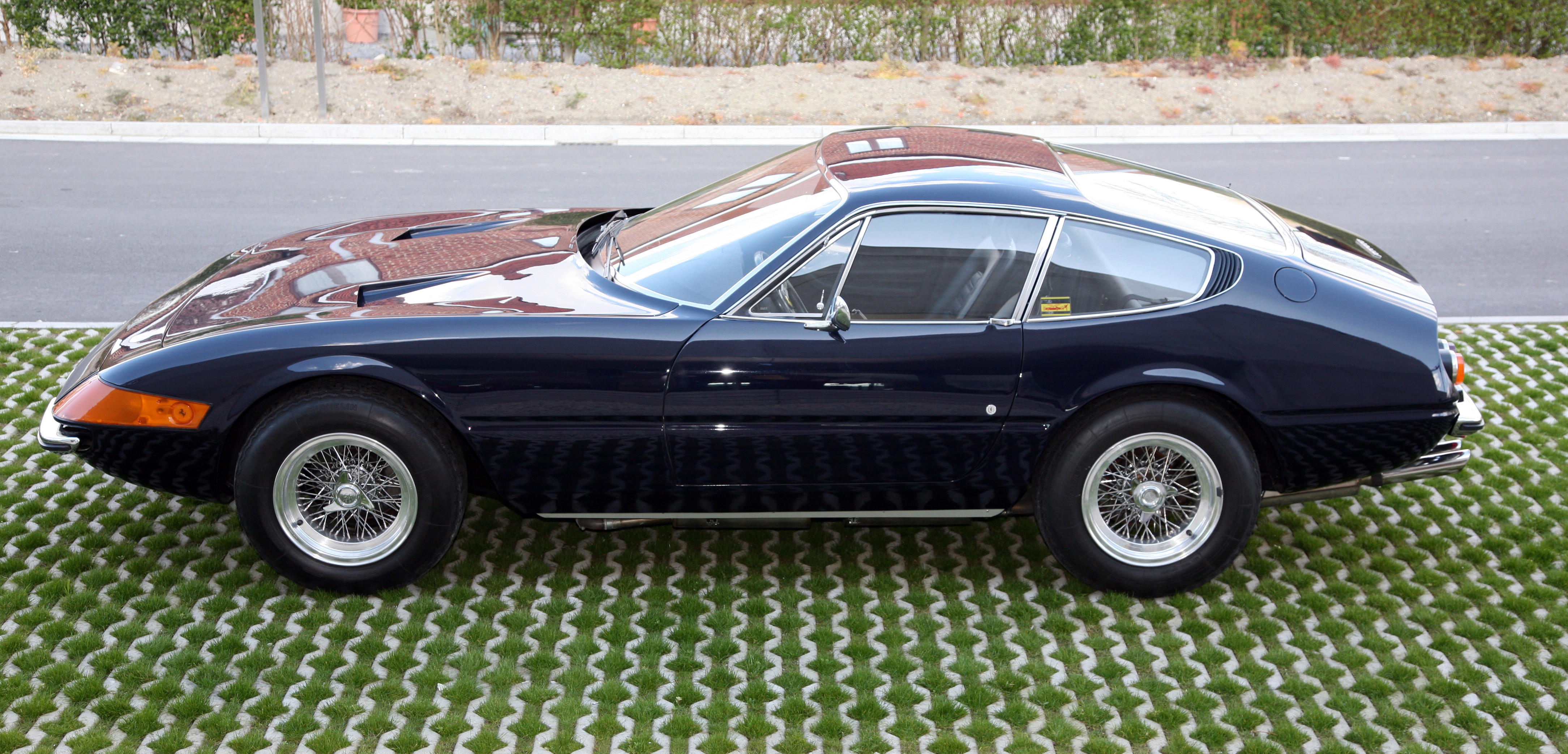
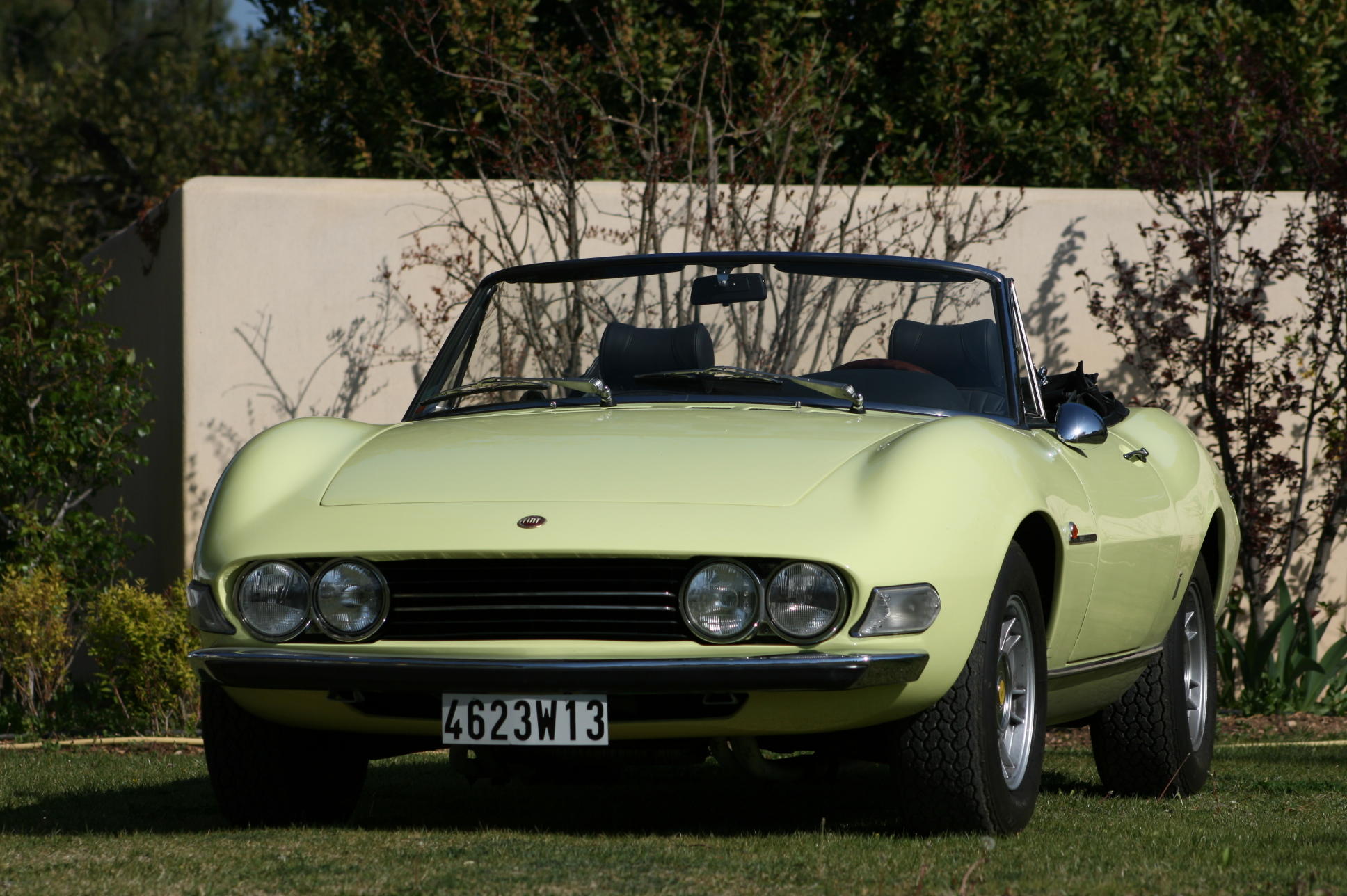
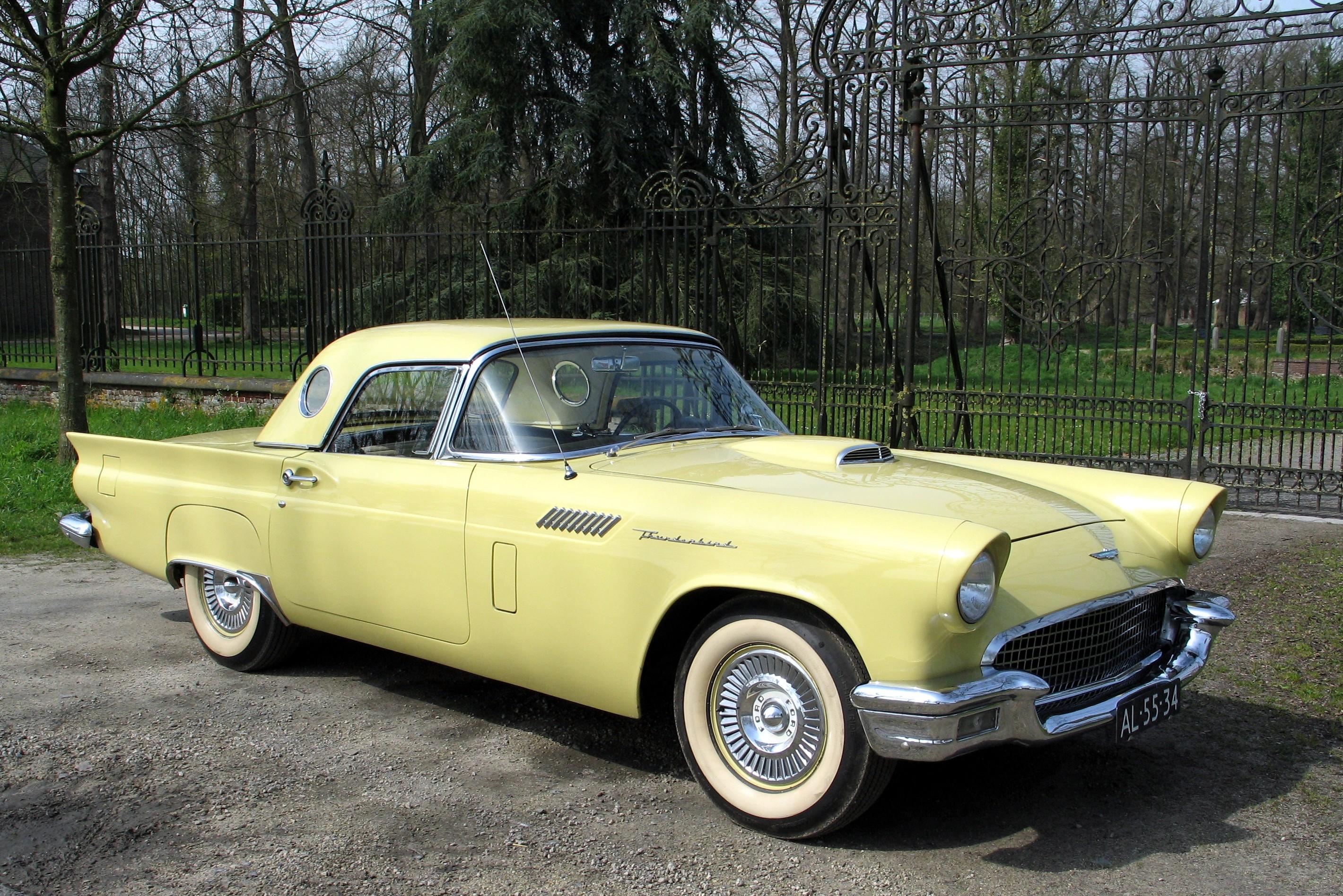

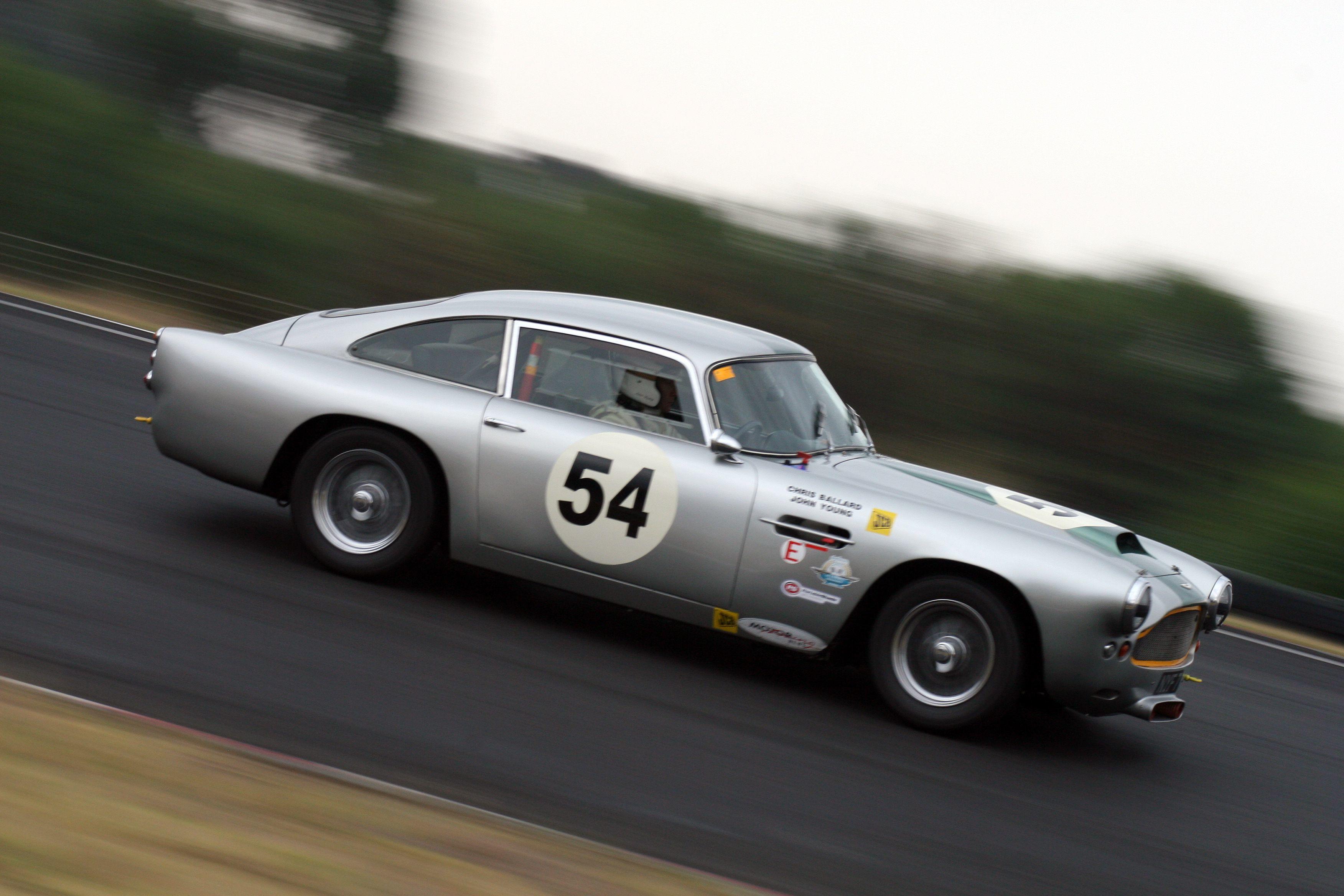
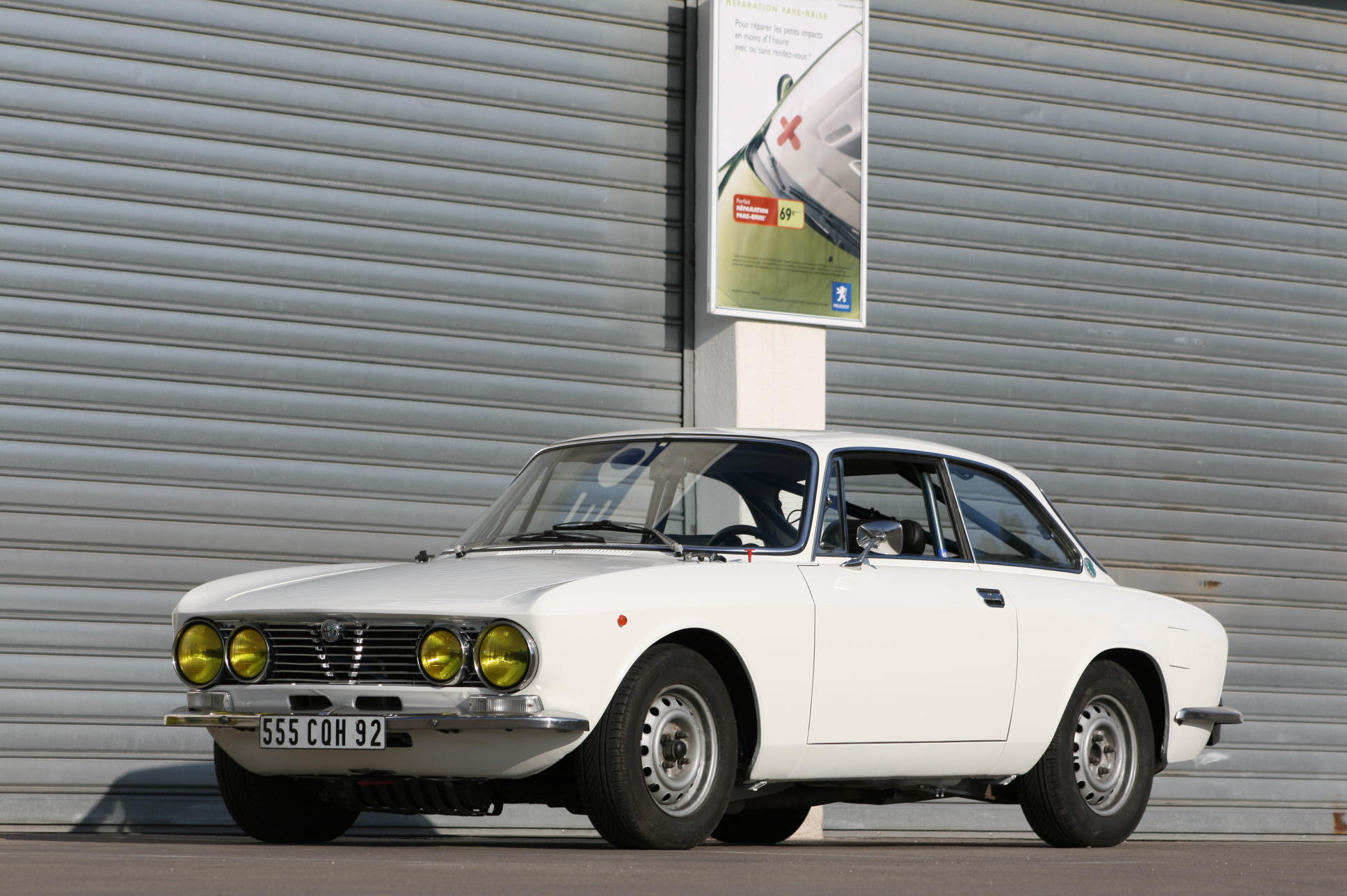

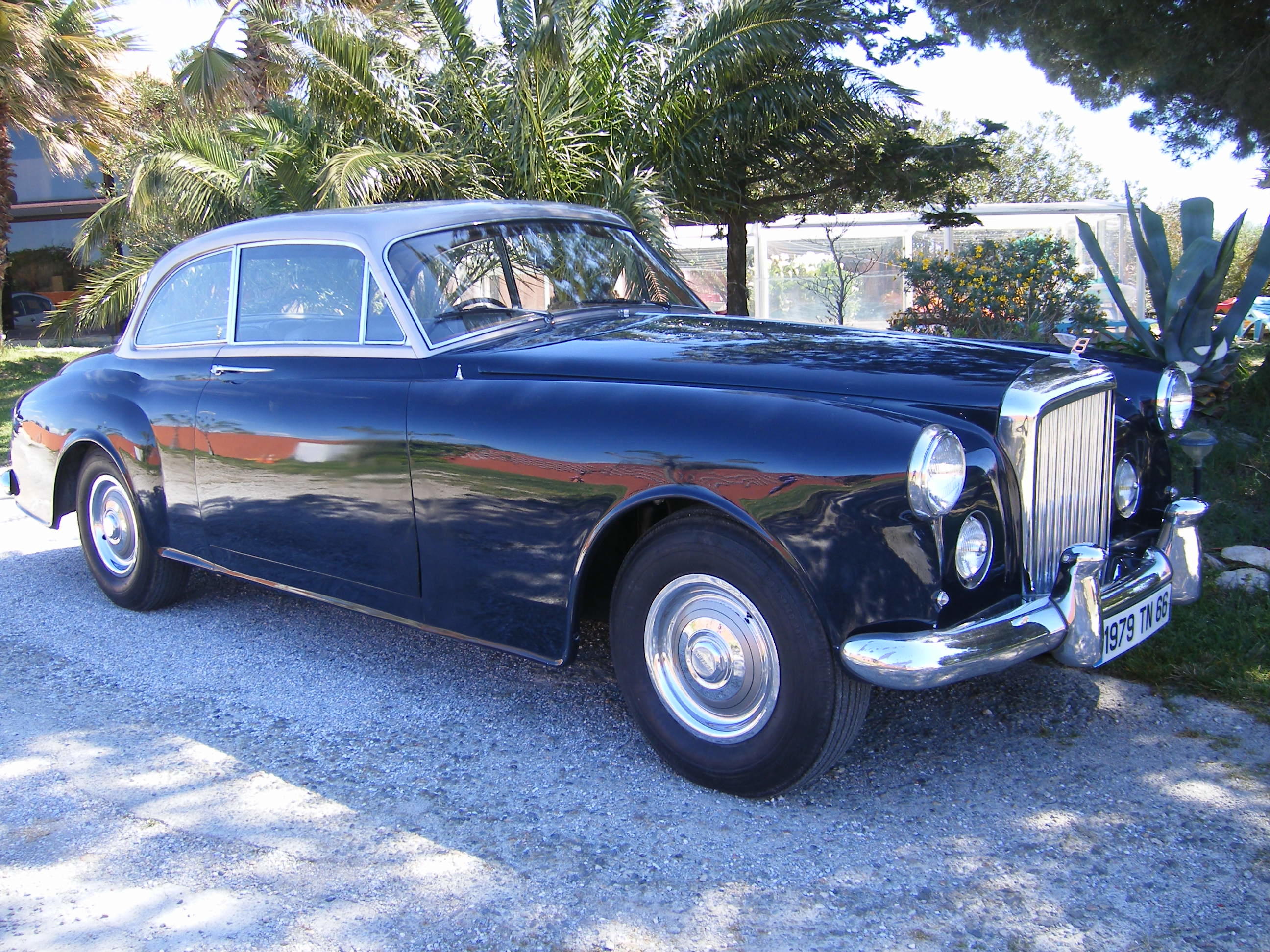
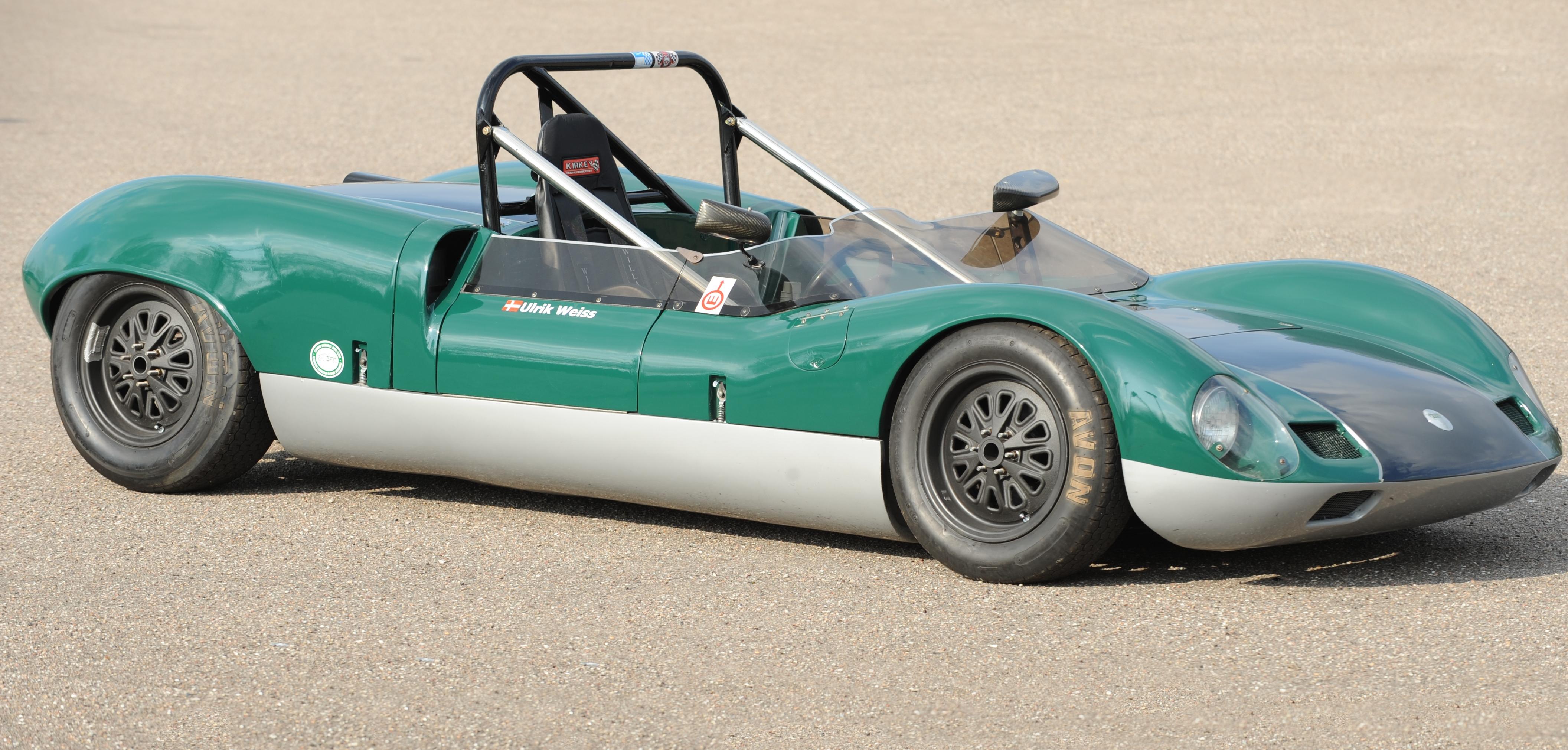
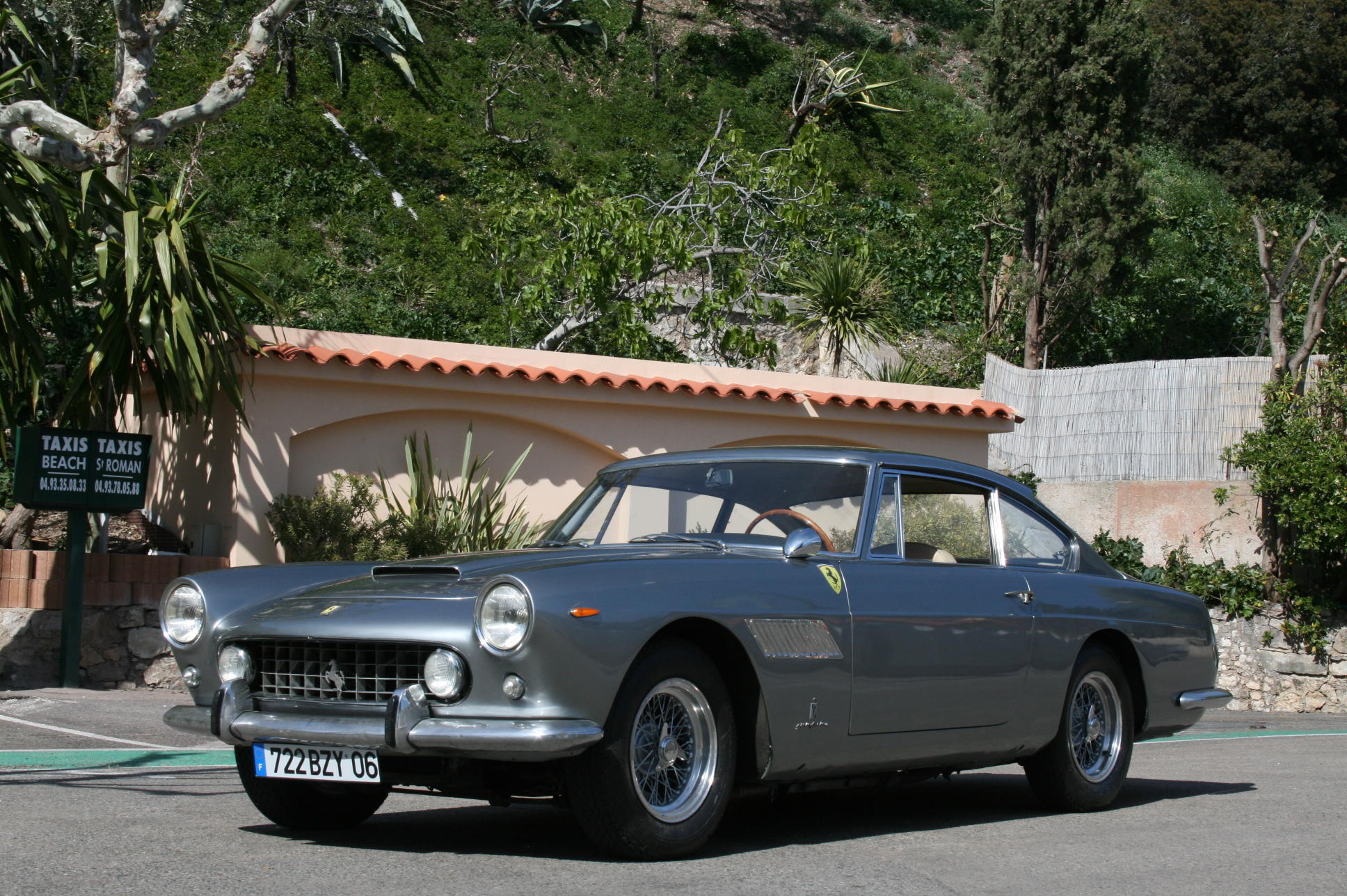
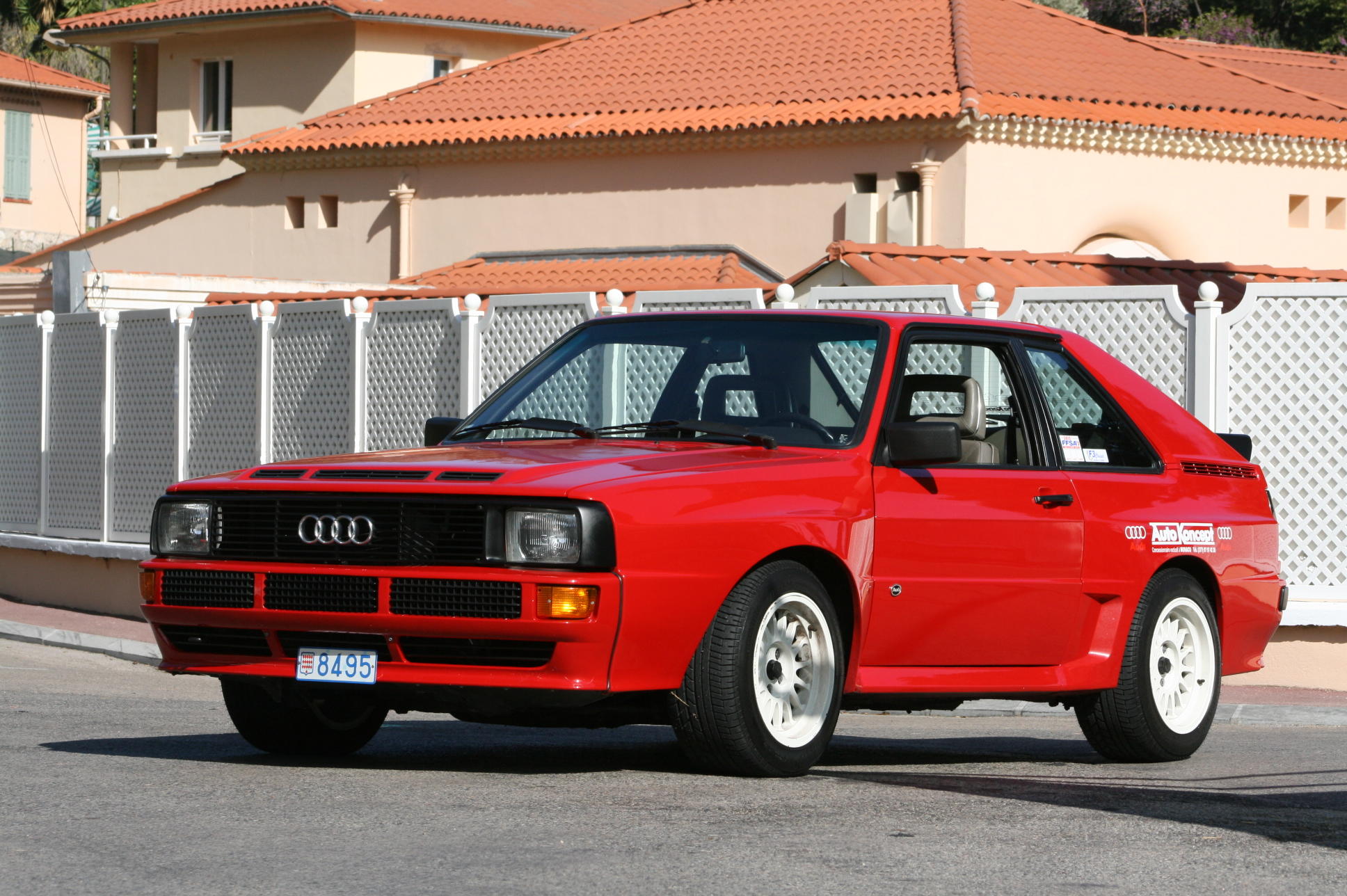

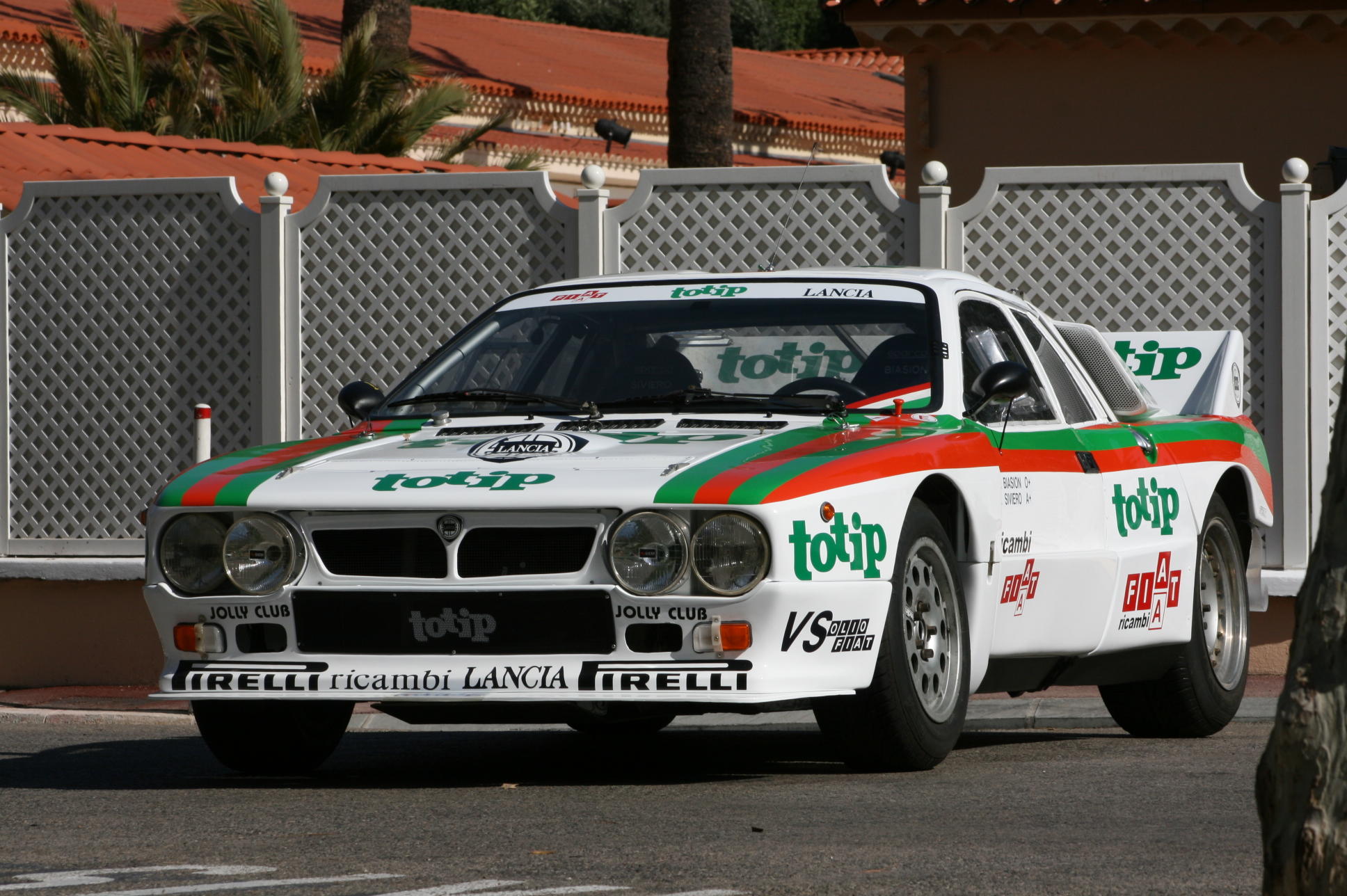

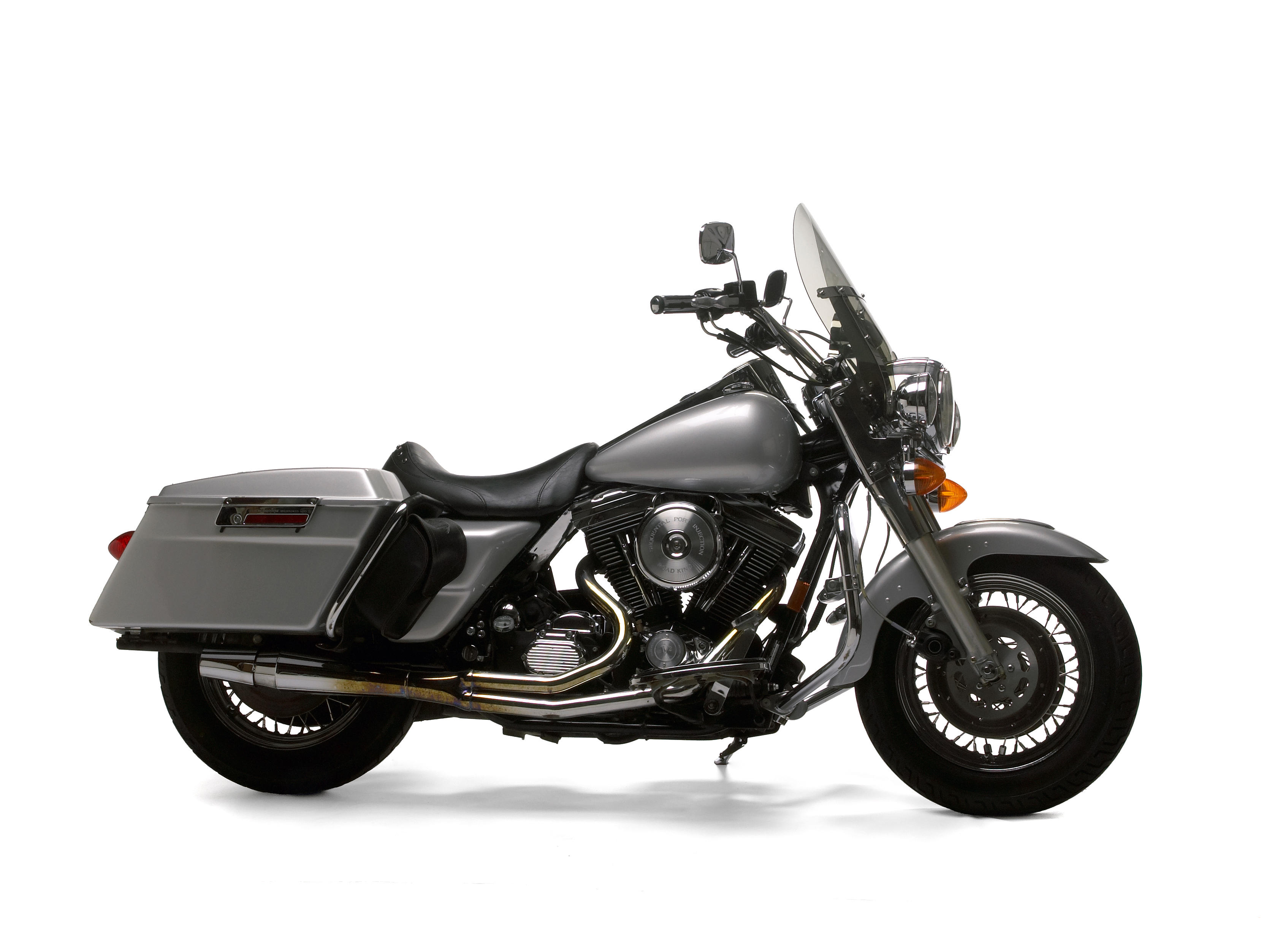
Testen Sie LotSearch und seine Premium-Features 7 Tage - ohne Kosten!
Lassen Sie sich automatisch über neue Objekte in kommenden Auktionen benachrichtigen.
Suchauftrag anlegen